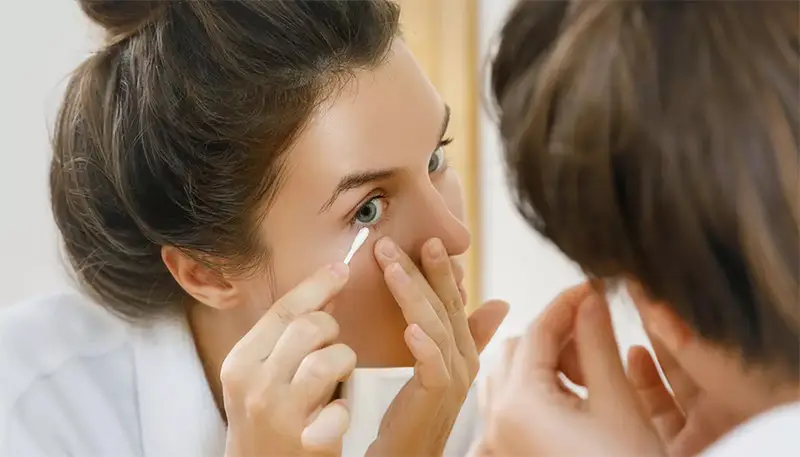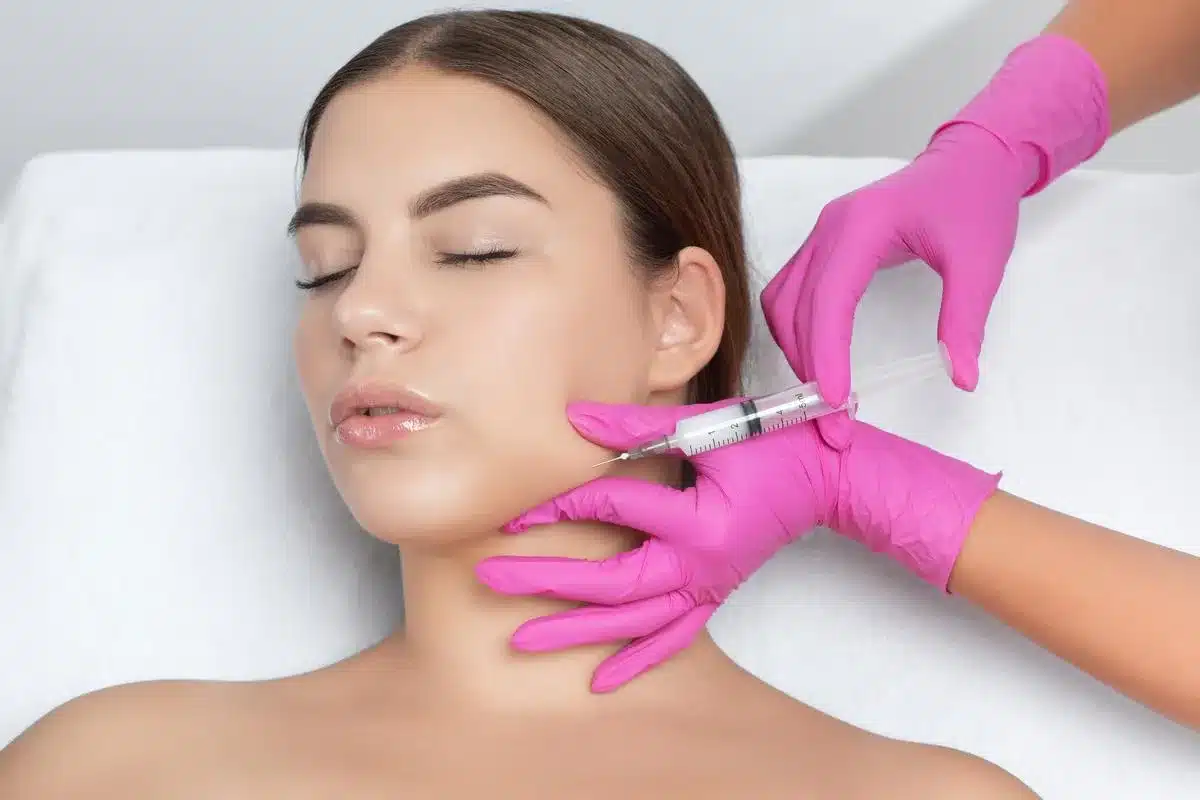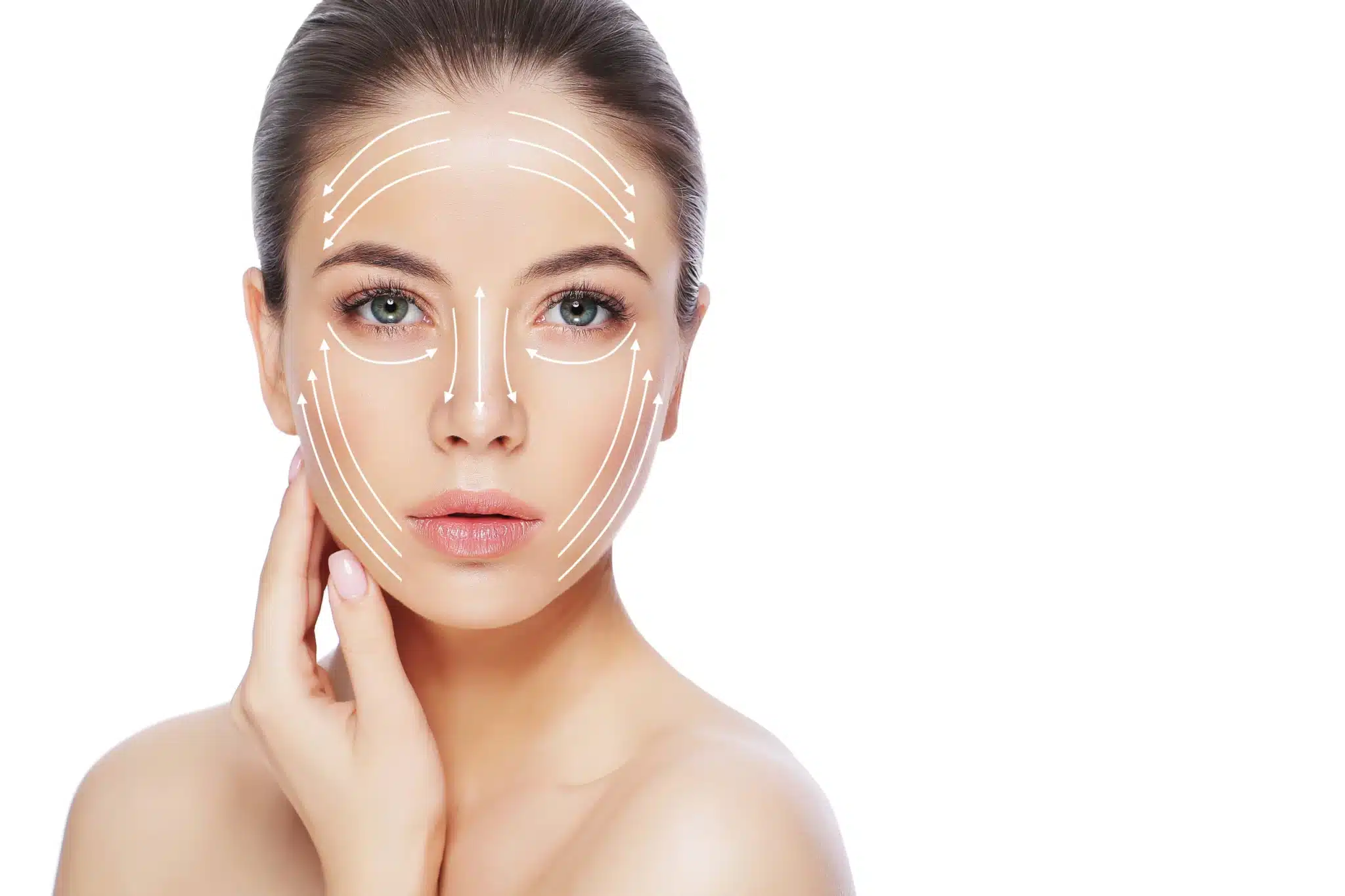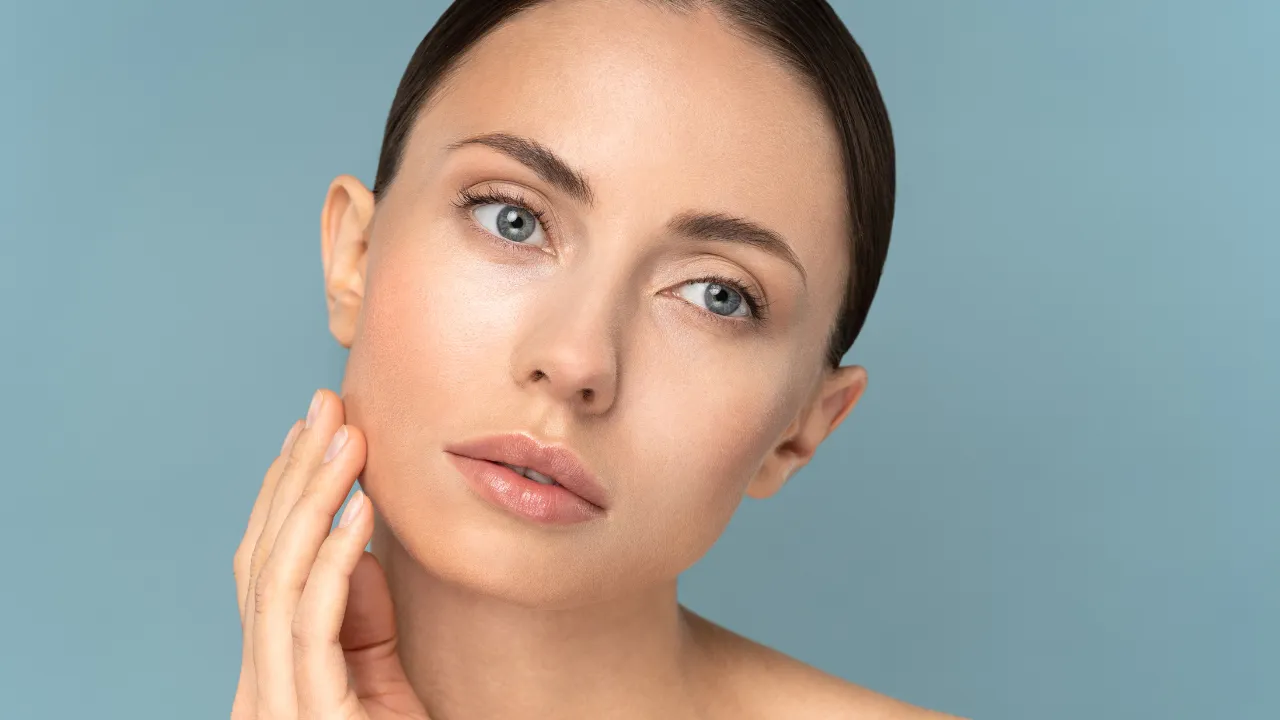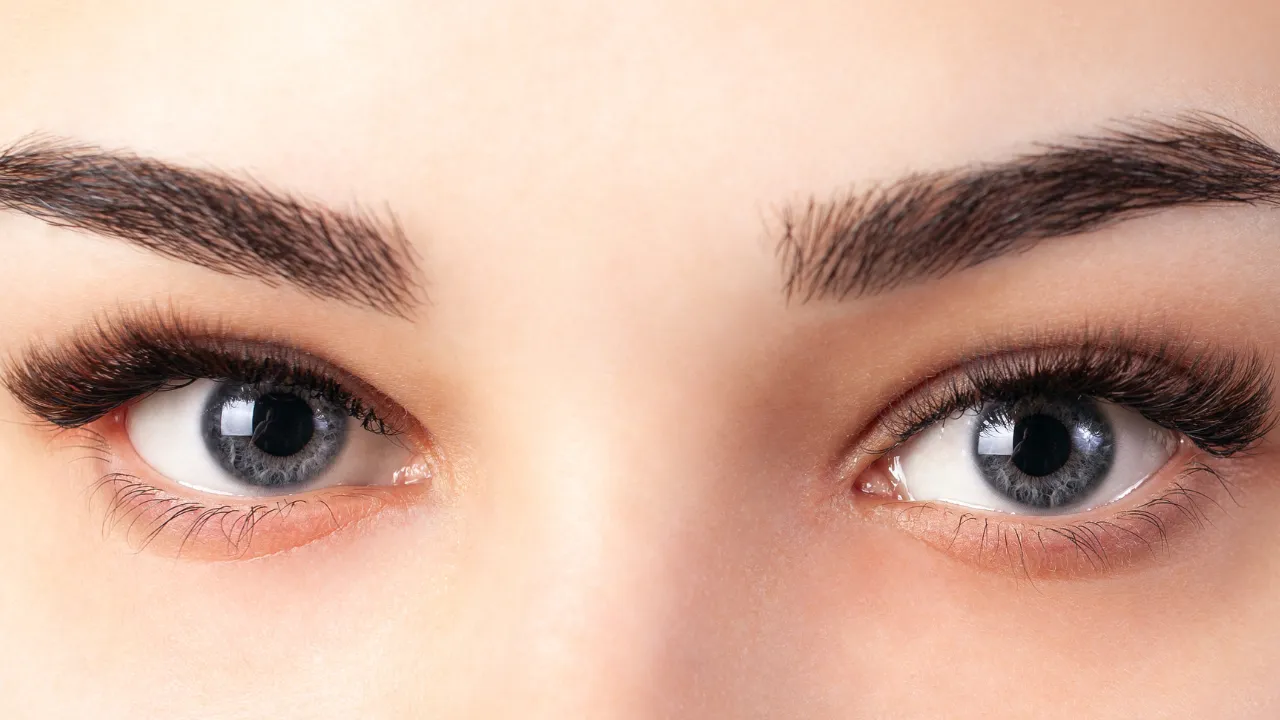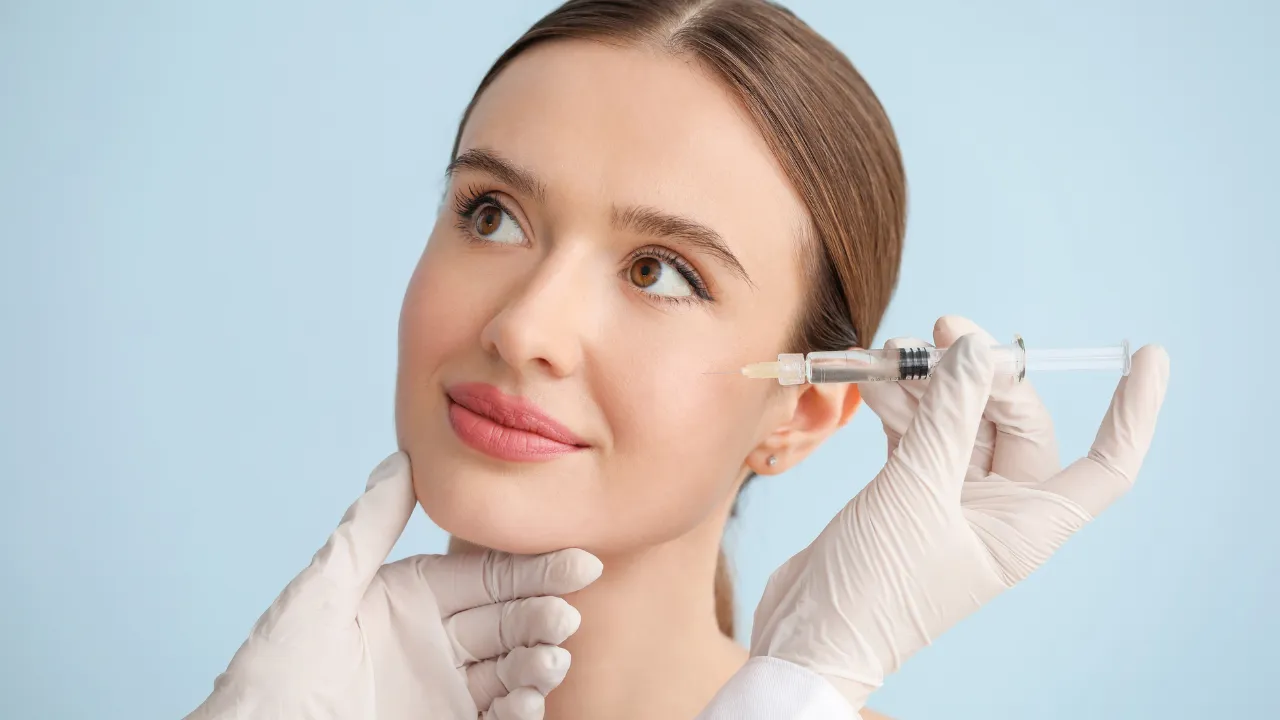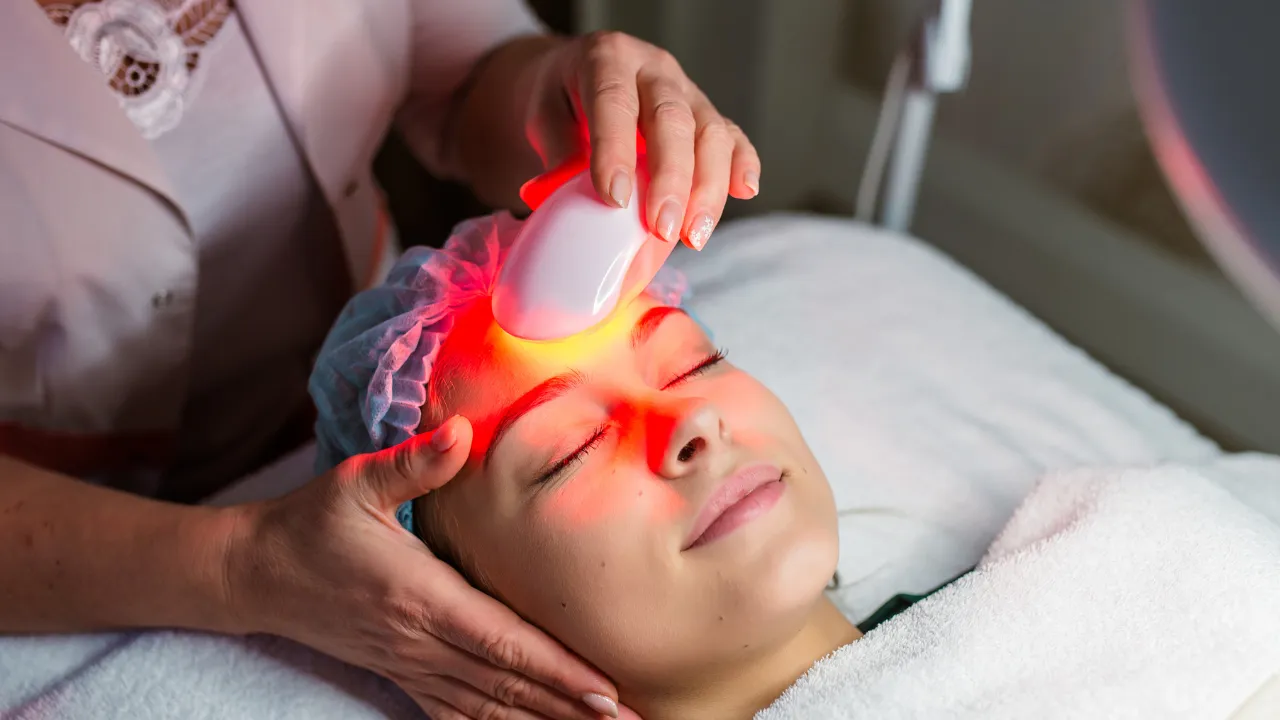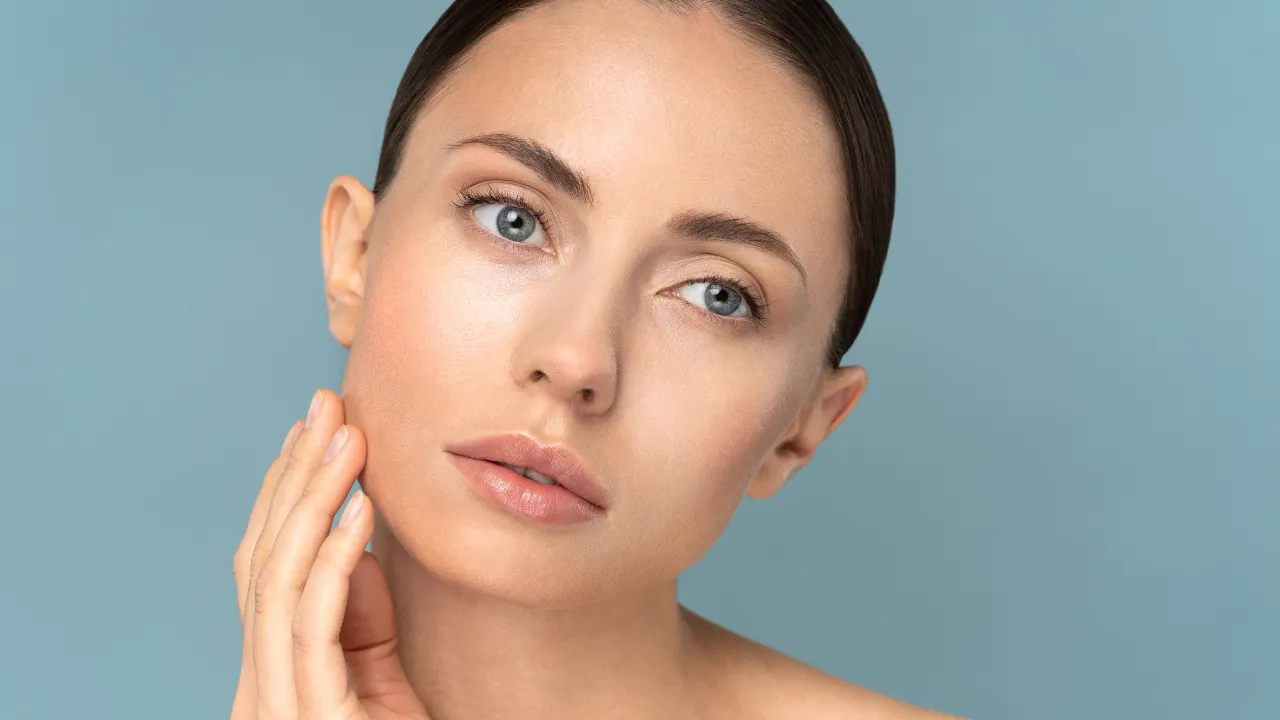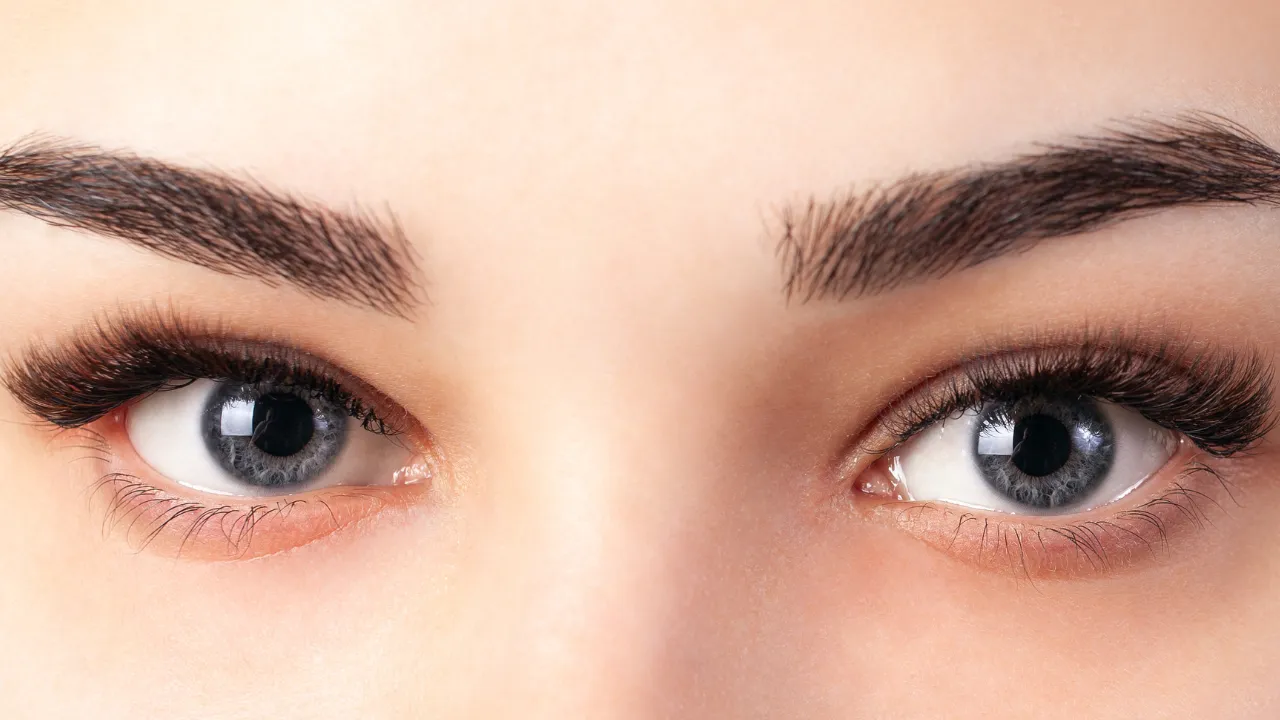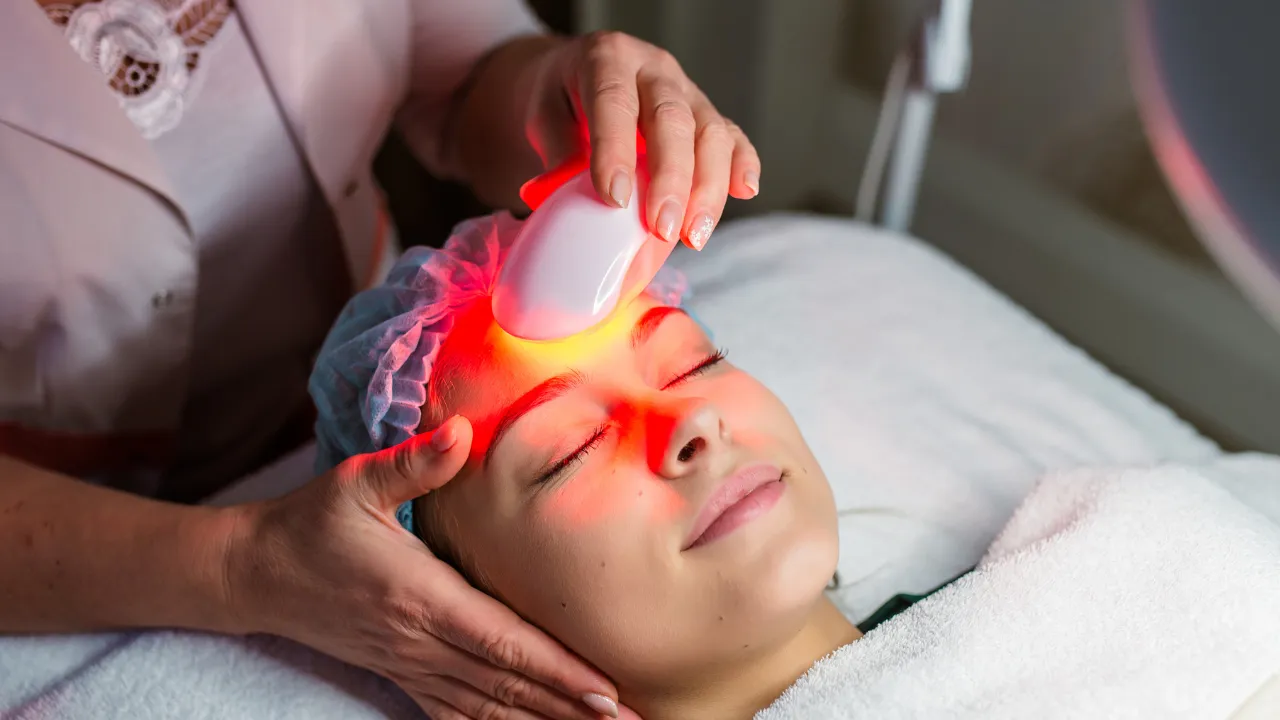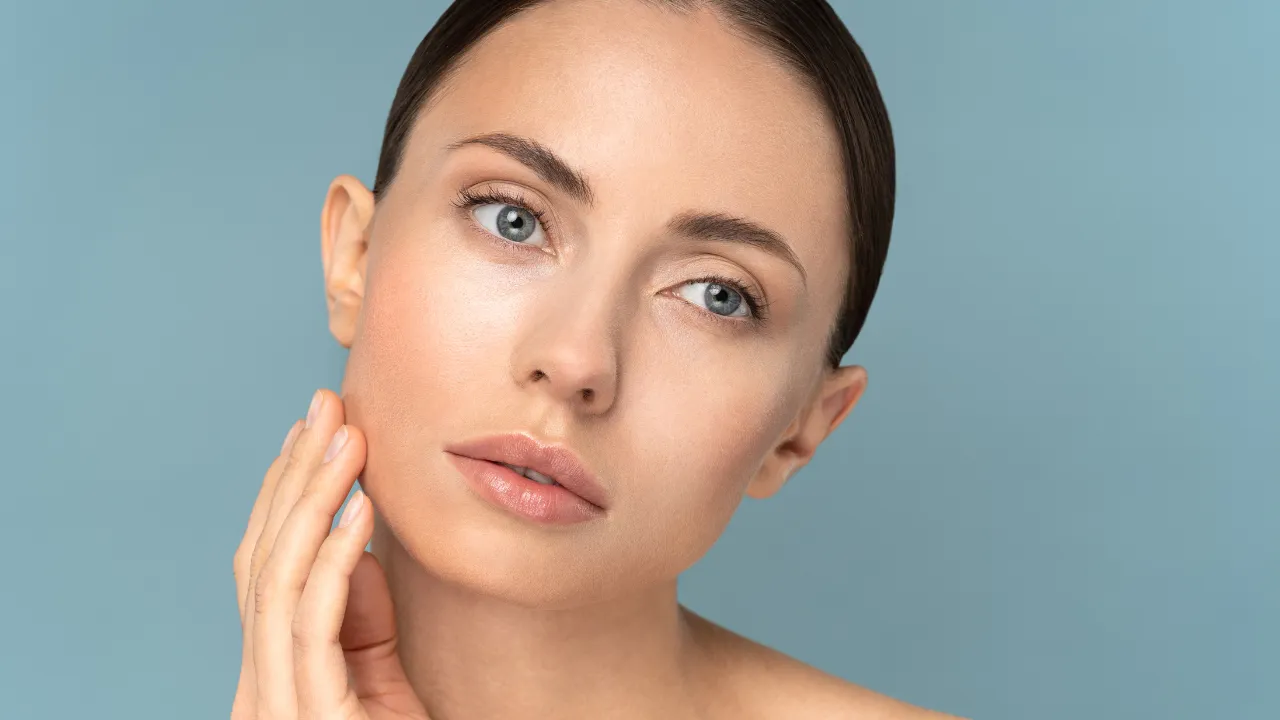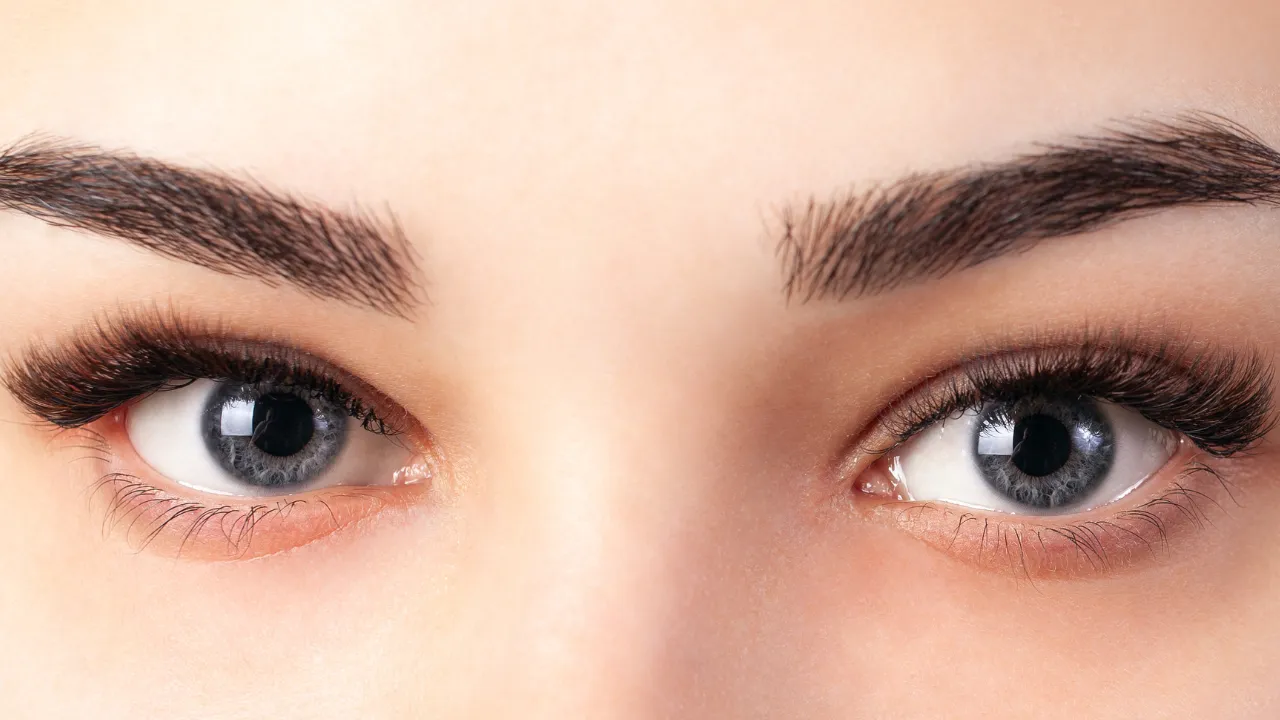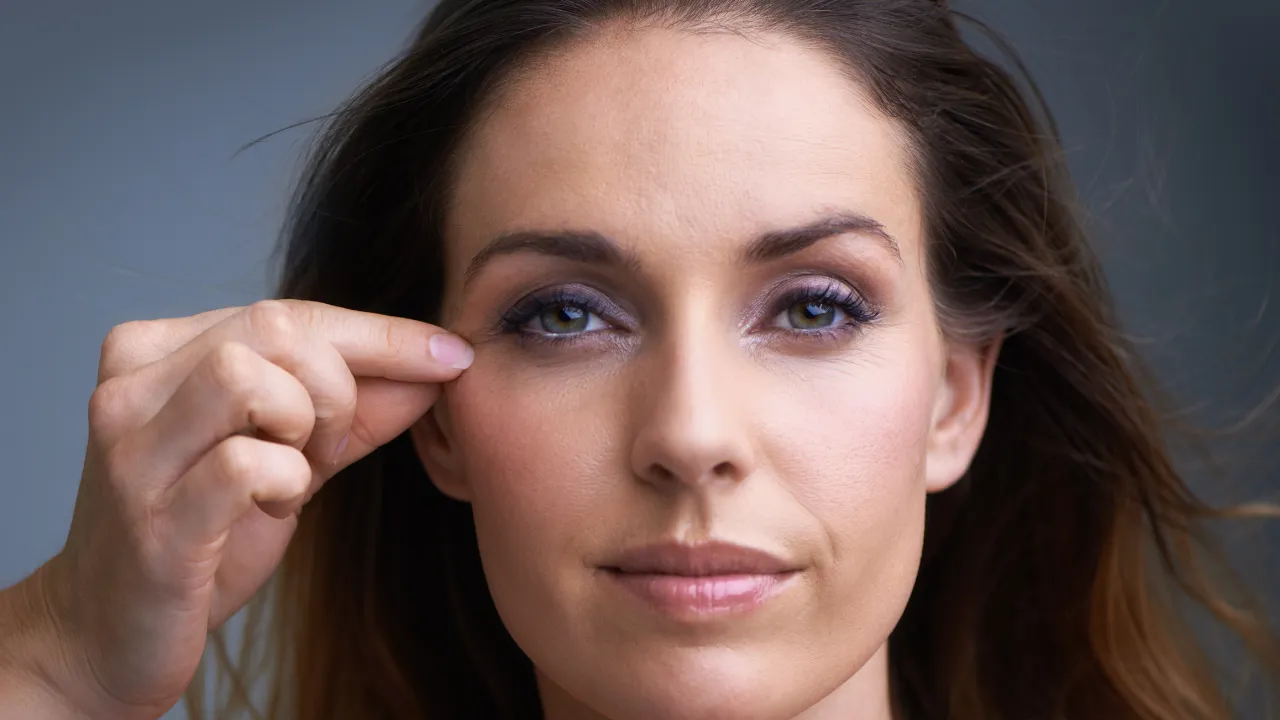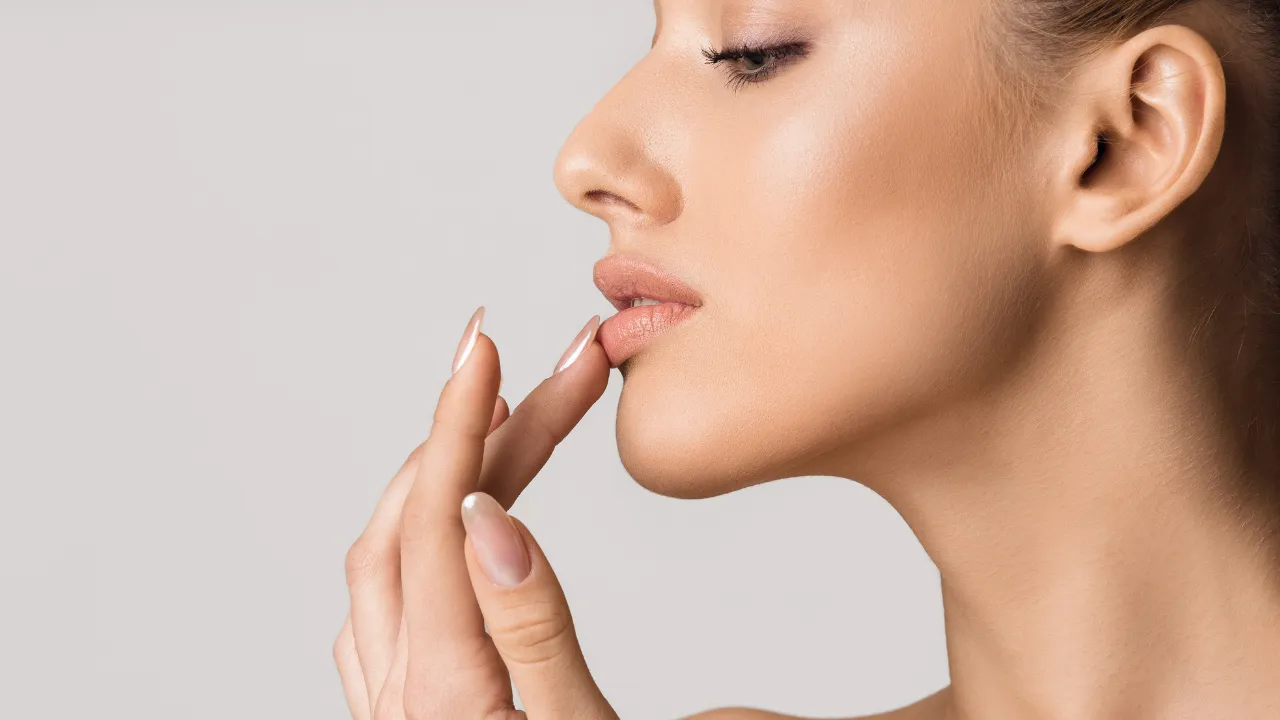If you’re dealing with itchy, red, or crusty eyelids, choosing the best eye ointment and drops for blepharitis can make a real difference. At Kopelman Aesthetic Surgery in New York City, Dr. Joel Kopelman brings decades of experience treating eyelid conditions with precision and care.
Key Takeaways
- Blepharitis is a chronic eyelid condition that can be managed with consistent hygiene, appropriate eye drops, and targeted treatments based on its underlying cause.
- The best eye ointment and drops for blepharitis include preservative-free artificial tears, antibiotic eye drops, and prescription options like Lotemax or XDEMVY, depending on the severity.
- Demodex mites, clogged oil glands, and bacterial infections are common triggers, and identifying the type of blepharitis is key to effective treatment.
- Patients should monitor symptoms such as redness, crusting, and irritation, and seek medical care if OTC products do not provide relief.
- Dr. Joel Kopelman recommends a personalized approach, combining clinical evaluation, lifestyle guidance, and advanced options like intense pulsed light when necessary.
Table of Contents
ToggleTop Recommended Eye Drops for Blepharitis
What Eye Drops Are Best for Blepharitis?
Blepharitis may be caused by bacteria, clogged oil glands, or conditions like rosacea. Artificial tears relieve dryness, while anti-inflammatory or antiparasitic drops are used for more complex cases.
Maintaining a stable tear film helps reduce discomfort. Drops that support tear film quality are often recommended by ophthalmologists.
Commonly Recommended Eye Drops and Ointments
Popular OTC brands include Systane®, Refresh®, and TheraTears®. These are often considered the best over-the-counter eye drops for blepharitis because they hydrate the eye and flush away irritants.
Patients looking for the best eye drops for blepharitis should focus on preservative-free options that reduce dryness without causing further irritation.
Many OTC eye drops for blepharitis are also labeled for managing dry eye, since both conditions often share symptoms like burning, redness, and gritty sensation.
Best Lubricating and Steroid Eye Drops
Lubricating drops are safe for regular use and improve comfort. Steroid drops are reserved for short-term use in more severe cases. This approach reduces inflammation and controls flare-ups quickly.
Are There Side Effects with Eye Drops and Ointments?
Some products may cause blurred vision or mild burning. Long-term steroid use can increase eye pressure.
Follow dosage instructions and consult your doctor if symptoms persist. Dr. Kopelman monitors patients for safety throughout treatment.
What Do Ophthalmologists Recommend?
Most begin with artificial tears and proper eyelid hygiene. In moderate or recurring cases, steroid or antibiotic eye drops may be needed to reduce inflammation and infection.
Treating Demodex Blepharitis
Demodex mites are microscopic parasites that cause itching and persistent inflammation. They live at the base of eyelashes and may lead to crust buildup.
Treating blepharitis linked to Demodex includes daily lid scrubs and lotilaner (XDEMVY®), a prescription drop designed to eliminate mites.
Best Eye Ointments and Creams for Blepharitis
Best Antibiotic Eye Ointments
When a bacterial infection is suspected, ophthalmologists may prescribe an antibiotic ointment such as erythromycin or bacitracin. These are applied along the lash line, often before bed.
Thicker than drops, ointments stay in place longer, helping reduce bacteria overnight.
Best Eye Creams for Lid Irritation
If irritation isn’t caused by infection, non-antibiotic creams may help. Look for fragrance-free, hypoallergenic products designed for the delicate eyelid area. Avoid expired or heavy eye makeup, which can clog the glands and trigger flare-ups.
How to Apply Ointments Correctly
- Wash your hands
- Apply a small amount to the eyelid margin
- Keep closed eyelids still for several seconds
- Avoid touching your eye afterward

Apply ointments before bed to avoid vision interference during the day.
Can Blepharitis Be Treated Over the Counter?
Best OTC Drops and Ointments for Blepharitis
Patients with mild symptoms often start with an otc treatment for blepharitis. These include artificial tears, gentle cleansing pads, or non-prescription ointments.
The best OTC products soothe irritation and support tear film stability.
How Much Do Blepharitis Treatments Cost?
Prices vary. OTC drops usually cost $10–25, while prescription products range from $30 to over $100 depending on the medication and insurance coverage.
When to Use OTC vs Prescription Options
Start with OTC solutions for mild symptoms. If there is no improvement after several days—or if discharge, pain, or swelling occurs—contact a specialist.
Dr. Kopelman advises scheduling an exam if symptoms persist despite over-the-counter care.
Daily Eyelid Care for Long-Term Relief
Warm Compresses and Lid Scrubs
Use a clean cloth soaked in warm water for 5–10 minutes to loosen crusts and unclog oil glands. This should be followed by gentle scrubbing of the eyelid margin.
Using diluted baby shampoo on a cotton swab or pad is a safe and effective way to clean the lids.
Building a Consistent Hygiene Routine
Daily care prevents recurrence. Dr. Kopelman emphasizes cleaning the eyelids even when symptoms aren’t present to prevent buildup.
Dr. Kopelman’s Tip for Managing Chronic Blepharitis
“Many cases of blepharitis can be managed at home if caught early,” says Dr. Kopelman. “The key is consistency—regular cleaning, appropriate drops, and follow-up if symptoms persist.”
Sticking to a care routine helps patients stay ahead of flare-ups.
When to See a Doctor for Blepharitis
Signs You Need Medical Help
Call a specialist if you notice:
- Persistent redness or swelling
- Blurred vision
- Light sensitivity
- Sticky eyelids or discharge
These are common symptoms of blepharitis that may require prescription care.
What to Expect During a Diagnosis
Dr. Kopelman examines gland function and tear quality. Some cases may benefit from in-office intense pulsed light (IPL) therapy to reduce inflammation in resistant cases.
How to Monitor Treatment Progress
Watch for less crusting, improved comfort, and clearer vision. Most mild cases improve in 1–2 weeks with consistent care.
If you’re experiencing persistent eyelid discomfort or symptoms of blepharitis, don’t wait. Schedule a consultation with Dr. Joel Kopelman to receive a personalized treatment plan and expert care. Your eyes deserve attention—book your appointment today.

